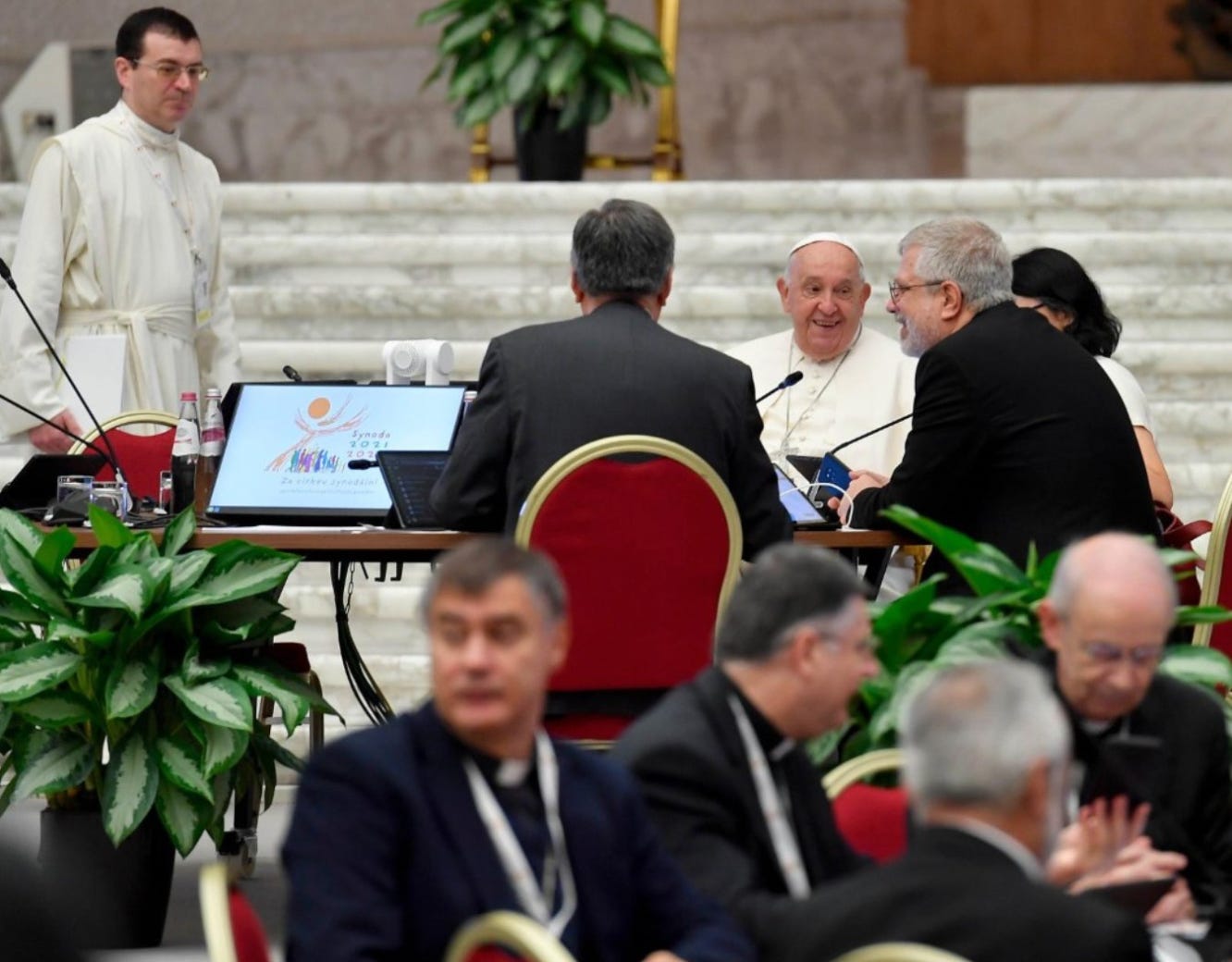Will the pope embrace Vatican synodality?
If Pope Francis wants a synodal Church, he'll likely need to lead by example
Among topics for discussion at the synod on synodality this week are the ways in which the Church can be both authentically hierarchical and make use of synodality itself for better governance and ecclesial life.
That topic includes the controversial notions of imbuing bis…

